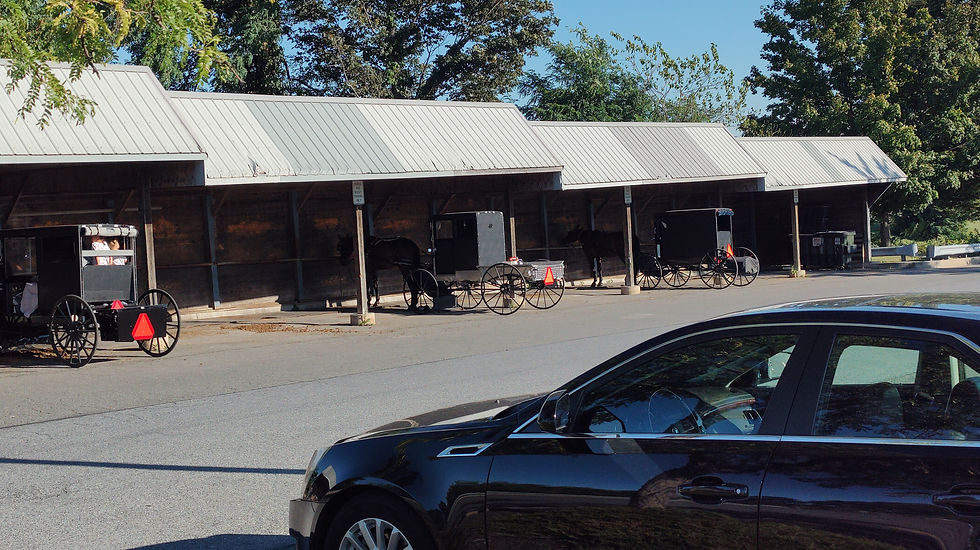In search of Puffins and Whales
- jsbergauer1
- Aug 14
- 3 min read
It was raining when we left Twillingate for Bonavista, that is to say, the weather was a typical Newfoundland summer day, a mauzy day if you will. Bonavista is known for being built on a plain and not a steep cove like other Northern Newfoundland towns and as such, they have had room to expand. They are also known for numerous Puffin viewing sites that are accessible by foot.

Besides whales and puffins, Bonavista is known as "the world's root cellar capital." Why root cellars, I don't know but the little hills they are dug into line the town and its surroundings.

We started by seeing the historic lighthouse and it was right next to a gull and puffin nesting island. While viewing the lighthouse the puffins and gulls were flying overhead. Trying to capture the birds in flight was a challenge to say the least.

It was definitely a "mauzy" day when we went on the search for puffins. This is the lighthouse on the cliffs where the puffins and gulls nest. This is the only remaining granite stone lighthouse remaining in Newfoundland.
The light system used at the time this lighthouse was powered by seal oil and the rotating mechanism was required to be rewound every 2.5 hours. The old lighthouse keeper would have to make the climb up the steep stairs to rewind the mechanism through out the stormy nights.
Winding the mechanism would raise a 100 pound counterweight from the first floor of the house to the attic and when it was released, it would slowly descend and turn the light.

The light consisted of 6 lanterns, powered by seal oil that was stored in the vertical brass canisters on each light. The oil would last throughout the night and needed to be refilled each morning.

The reflectors on the lights were coated with pure silver and required polishing every day do to the use of oil lamps. Two of the lamps had red lens shades so the pattern a ship would see would have been 4 white flashes followed by 2 red flashes. This relativly simple setup could be seen 25 miles out to sea. Enough of the light, we came to see puffins and puffins we saw!

Puffins are like little missiles when they are in the air. Unlike gulls that will glide and ride the wind, these birds power their way through it. We were told that the crowd that day was keeping them from landing on our side of the rock and we should try Eliston island so off we went.

It was a good thing we decided to try another day. The fog started to move in and we could hardly see the birds flying. The automated fog horn started and it was loud! The large rock to the right is where the puffins would be nesting.
The following day we made the drive out to Eliston island and quite honestly all we saw was a monument to a sealing ship that had gone down off the island. We talked to the person manning the information booth and she directed us to the Correct Eliston island and she guarenteed we would see puffins, so off we went.

The info lady was not wrong! These birds are only 6-8 inches tall but they are the cutest things! They live out at sea for eight months of the year and come to shore to lay one egg and to raise that one chick. They normally have black beaks and black feet, but during the mating and birthing season, the beaks become brightly colored and their feet become orange. Gulls and eagles are especially fond of the chicks for a meal and will not hesitate to wait until a curious chick pokes it head out of the den to nab it for dinner.

Definitely the "clowns of the sea birds." They always seem to have a worried look on their face.
We can scratch puffins off our to see list but we still need whales. We did not see them here although we did see some spouts well away from the shore. It is off to St. Johns as our last stop in Newfoundland. See you down the road!



Comments